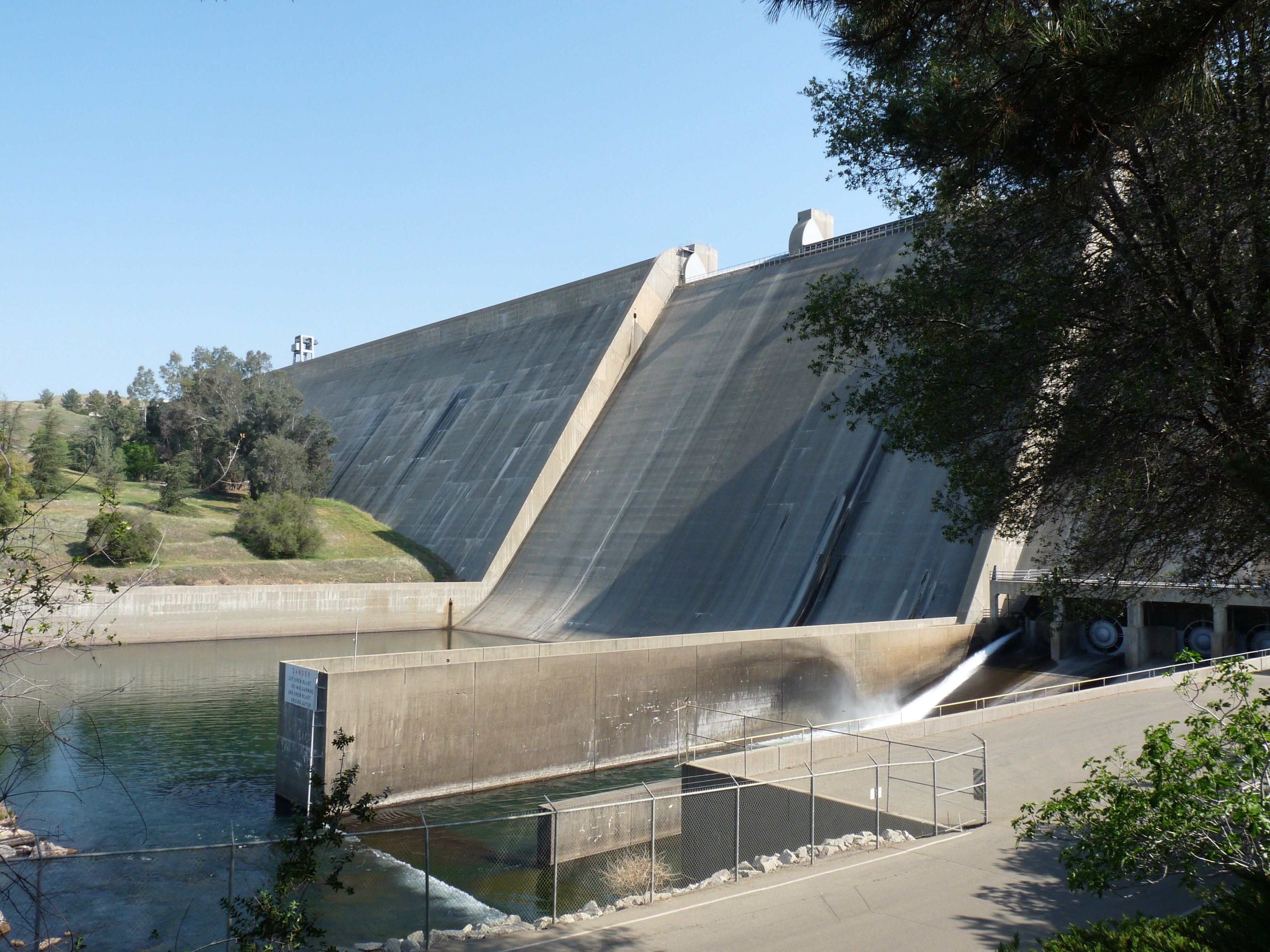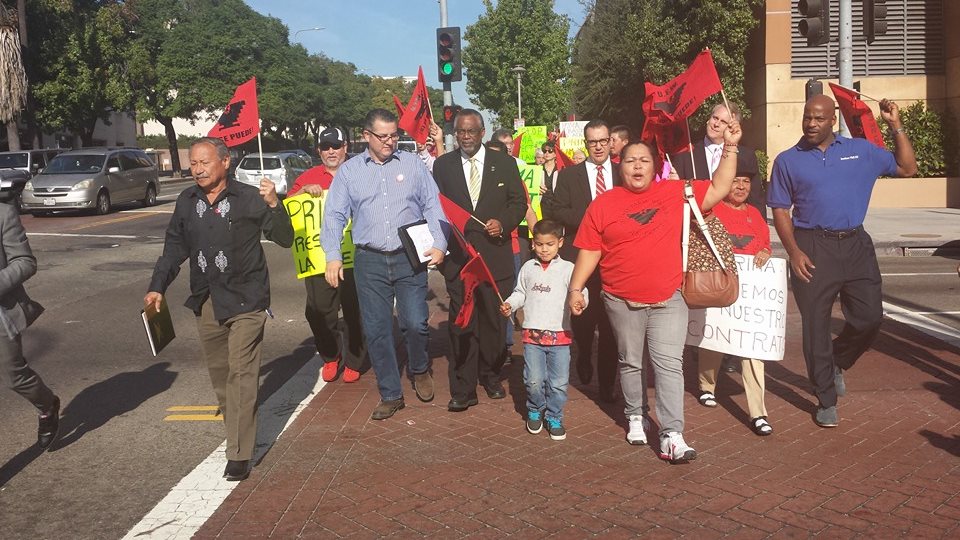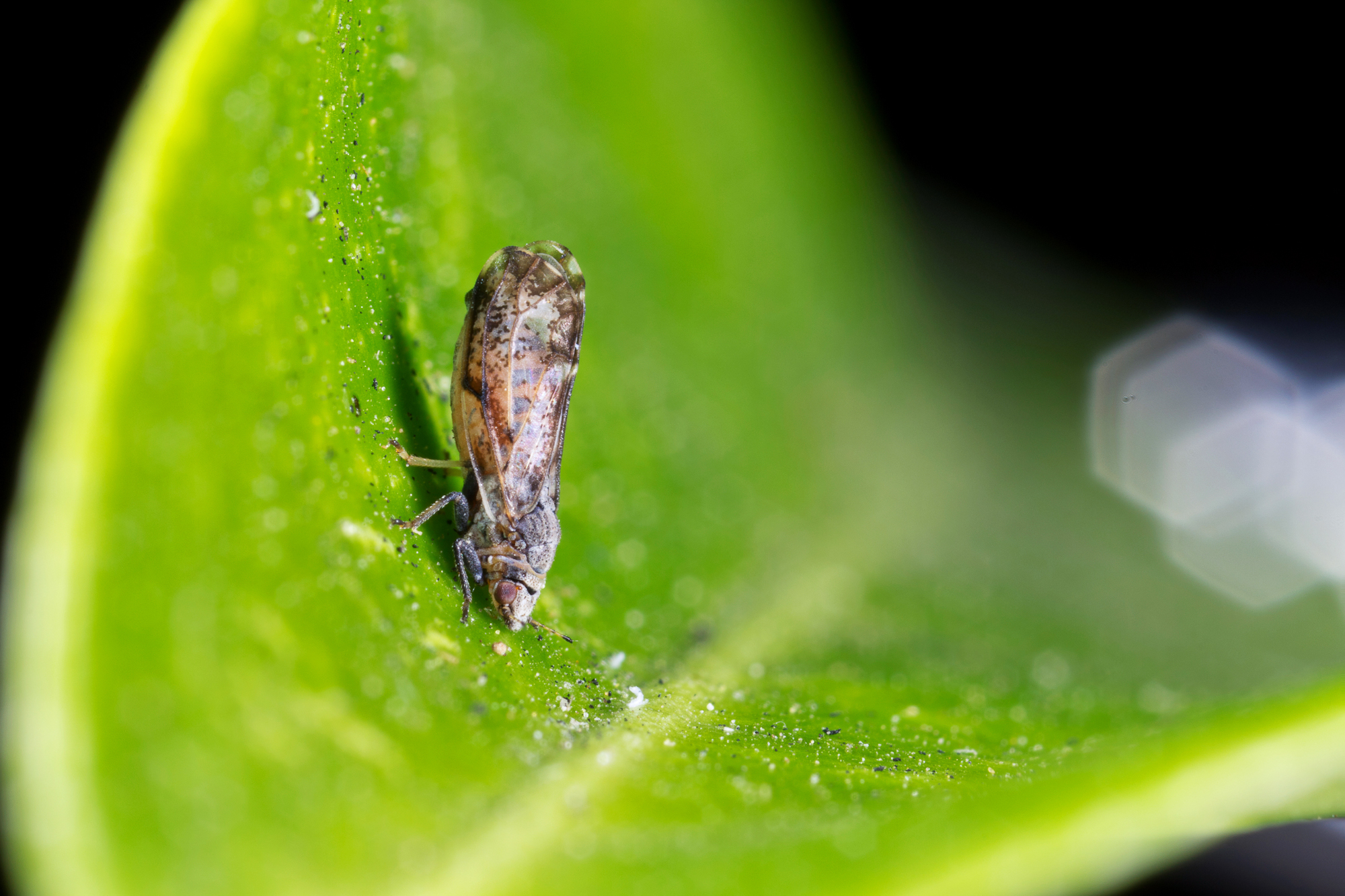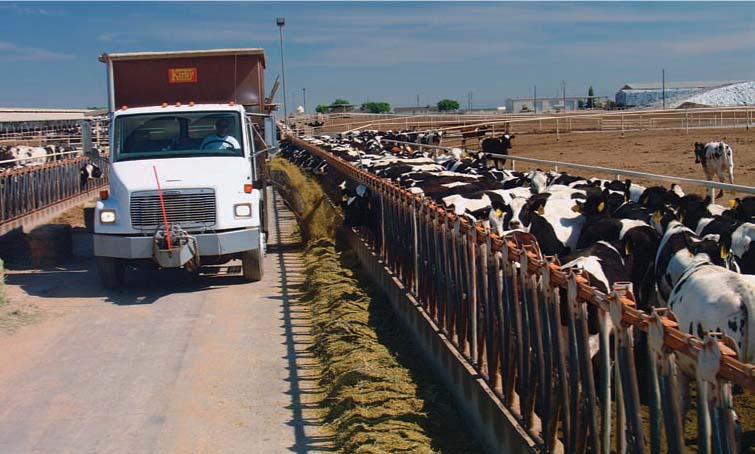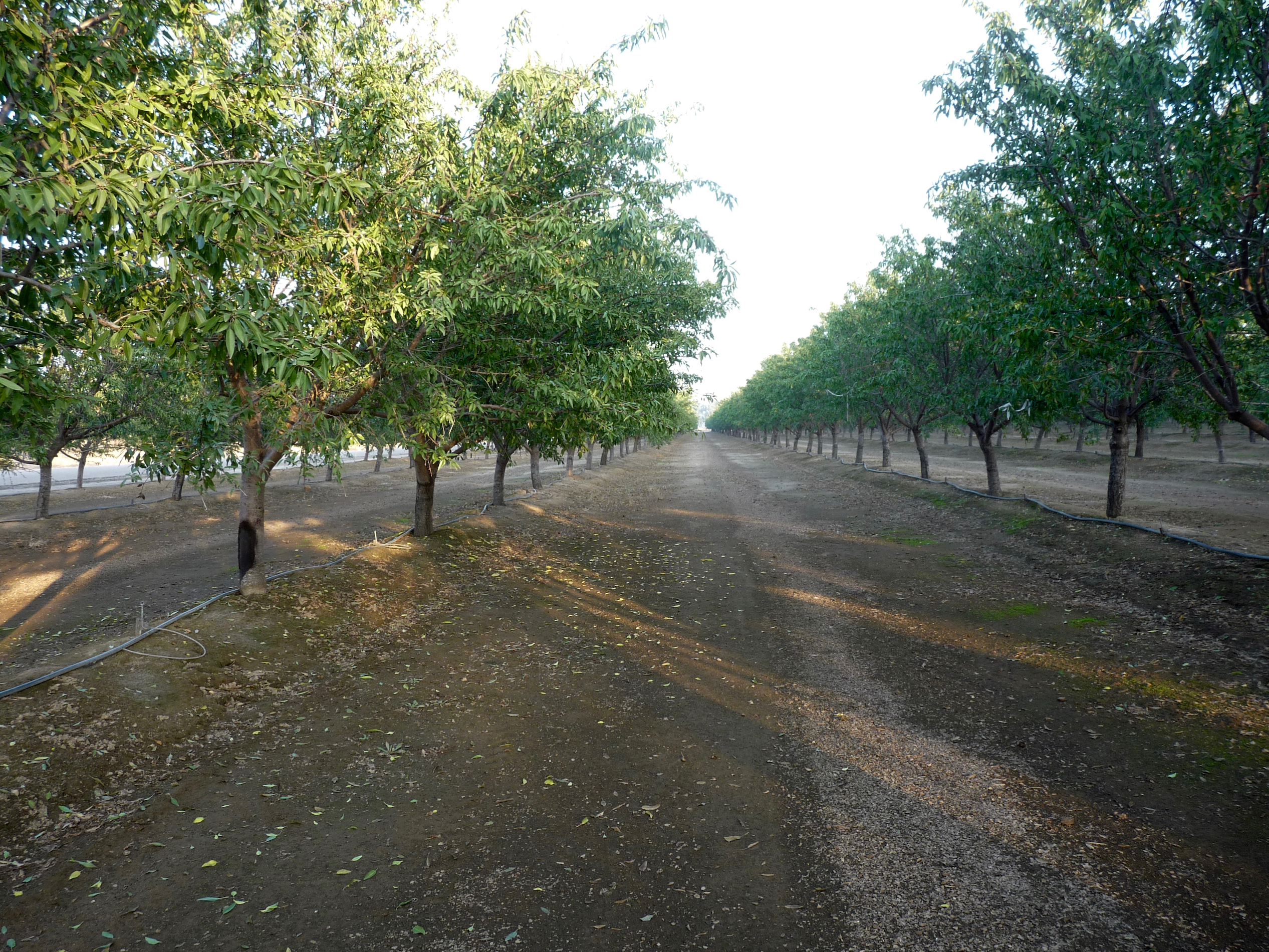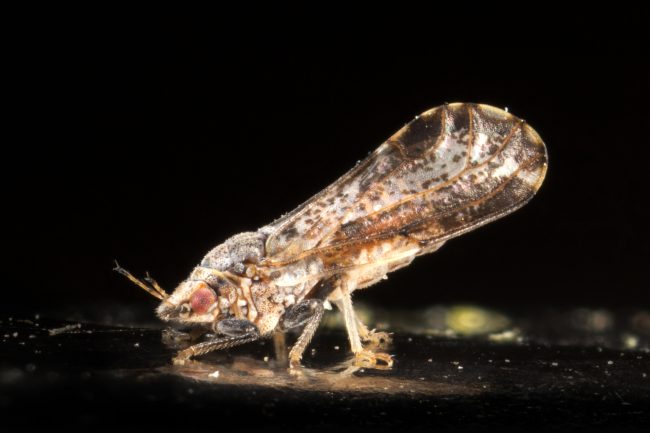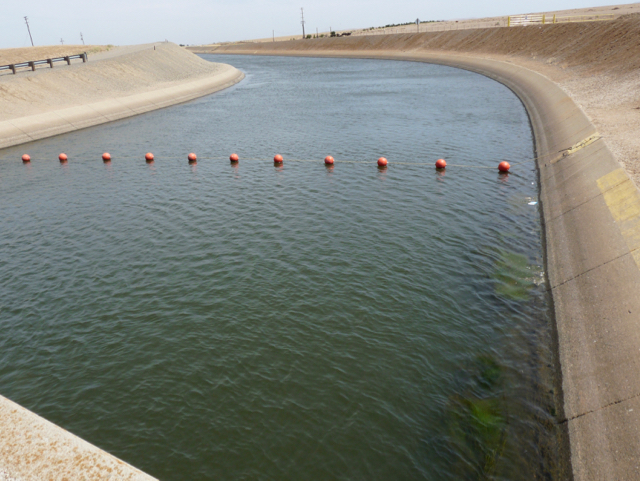Temperance Flat Dam is Needed
Temperance Flat is a Sure Way to Improve California’s Water Infrastructure
By Patrick Cavanaugh, Farm News Director
Mario Santoyo is the Executive Director for the San Joaquin Valley Water Infrastructure Authority. He spoke to California Ag Today about Temperance Flat, a proposal supported by the Joint Powers of Authority composed of five counties: Merced, Madera, Fresno, Tulare and Kings County. In addition to those counties, there are representatives from the eastern side cities, (Orange Cove) and western side cities, (Avenal)
“We also have water agencies, such as the San Joaquin River Exchange Contractors,” Santoyo said. “The JPA is also in the process of dealing with membership requests by Friant Water Authority and the San Luis Delta Mendota Water Authority.”
“You can see we’ve got a pretty elaborate team as far as the authority,” Santoyo said. “It was put together in order to pursue funding opportunities both by the state of California and the federal government to build revenue leading towards the construction of the Temperance Flat Dam and Reservoir project, which will be located just north of Friant Dam on Millerton Lake, and actually would be built in Millerton Lake … expanding that reservoir.”
The five counties got together on this because they understand fully the importance of creating a more reliable water supply for the area. Santoyo said, “It was proven to be a problem when we had the five-year drought and the Valley had to exercise its groundwater pumping, which plummeted the groundwater levels so much that … it actually resulted in what is now the Groundwater Sustainability Law.”
“So there’s no question this project is greatly needed, and the irony is that this year, coming out of a five-year drought, we’ve got high runoff, and the Bureau of Reclamation had to make flood releases in order to not exceed the capacity at Friant Dam/Millerton Lake,” Santoyo explained. “We fully expect that they will have made up to 2.5 million acre feet of releases down the river to the ocean. Then if you stop and think about what that means, it basically you could roughly say it’s about two years’ worth of water supply for the eastern side of the Valley.”
“There are those who would argue that we would never fill up the Temperance Flat Reservoir,” Santoyo said. “Well, not only have we done it twice this year, we also have a history—a long history—of this … [being] the common scenario.”
When there is high runoff water, it doesn’t come in little bits, it comes in huge amounts. “I think we looked at the record, and 50% of the time that we have high runoff, we usually have to make flood releases in excess of one million acre feet, so that’s why the size that was determined for Temperance Flat was just a little bit over a million acre feet,” Santoyo said.
“Now having that, it’s actually 1.2 million acre feet that it adds to the system. When you add it to … the balance of what’s left with the original, we’re close to 1.8 million acre feet,” Santoyo said.
“It will triple the capacity of Millerton, ensuring that for the future, that [there is] a chance to maximize the available water supply for the cities, for the farms, and most importantly, to recharge the groundwater and put us back into a level that we’re stable and that residents, farmers and others can use that groundwater and not be restricted by the new groundwater sustainability laws,” said Santoyo, adding, “If we don’t solve that problem, the world is going to change dramatically for our farmers, number one, and it will have an immediate effect also on our cities.”
Santoyo describes the recharge opportunities. “What we’ll be doing is with Temperance Flat, we will be making timed releases to various water districts and entities that will have groundwater recharging basins, and they will be syncing it, but you need time,” he said.
“You need storage, and you need time to be able to move water from above ground to below ground. That’s just a physical necessity, and that’s part of the argument against those that argue, ‘Don’t build above, you only need below.’ Well, if you don’t have water above, you aren’t putting it below. It’s just as simple as that,” Santoyo explained.
Temperance Flat would be ideal for the state of California. “The Friant-Kern Canal is the longest of the two primary canals. The other one is the Madera Canal. The Madera moves it north to Chowchilla. The Friant moves it south to Bakersfield, so yeah, those are the primary conveyance systems for farmers and cities,” he said.
Recently a video that educates the public on the value of Temperance Flat, released on YouTube called Build Temperance Flat. We ask all who are active on social media to grab a link of the video and post it on Facebook and Twitter as well as other social media platforms.
Here is the video link: https://www.youtube.com/watch?v=f30o_dQNmn8

